Less plant protection products, less fertilizer use, but more sustainability and climate protection – the social and
political demands on arable farms are high and continue to rise. Added to this are the effects of climate change with increasingly frequent periods of drought, heavy rain and hail. But how can stable yields of the required quality be achieved with lower intensities in the future? And above all: how can the profitability of a farm be secured in the long term under these conditions?
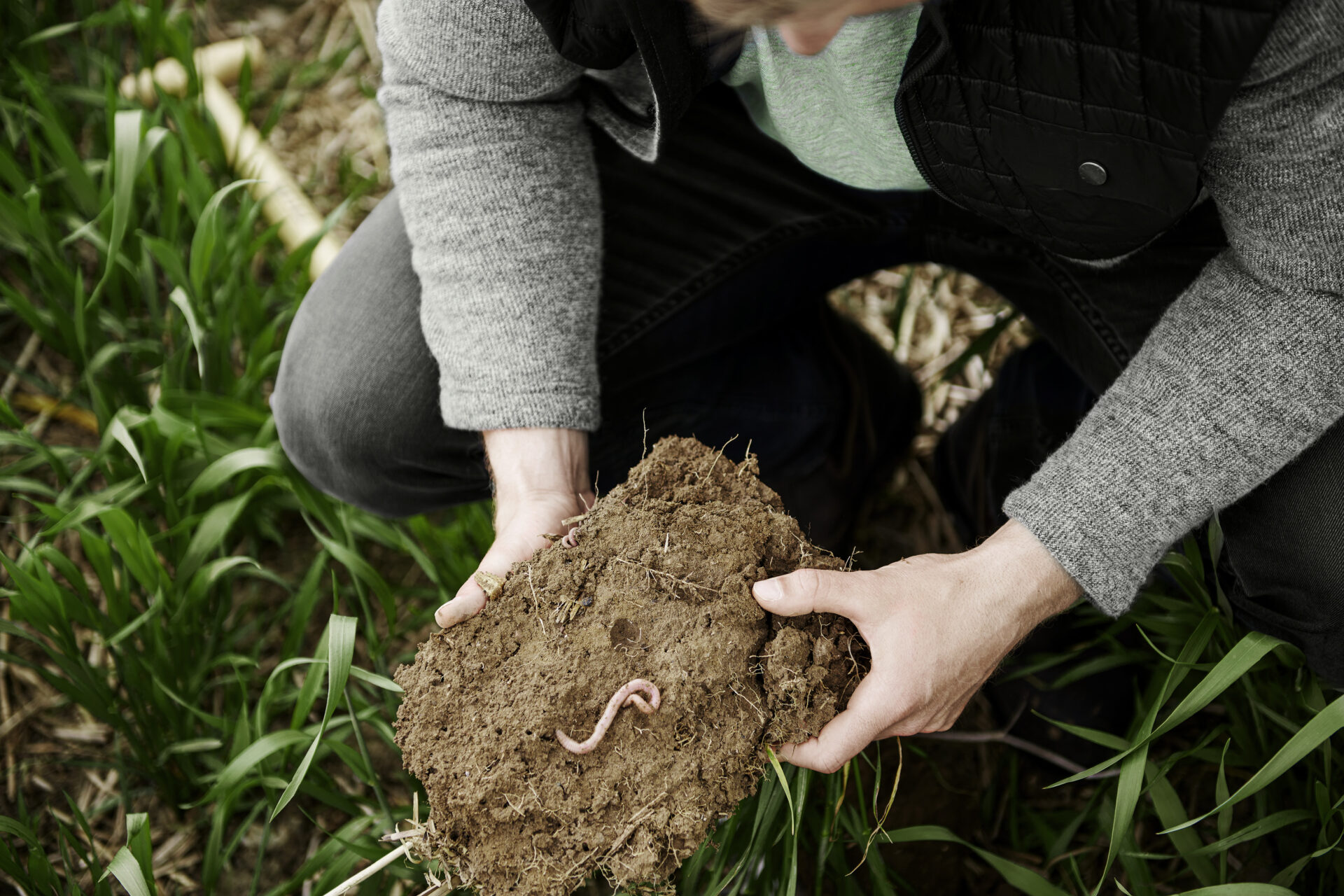

What harms the soil?
Narrow crop rotations with a few high-cover crops, increasingly heavy machinery and, above all, intensive tillage are the norm in conventional arable farming. This impairs soil life, increases the risk of compaction in the long term and leaves behind open soil that silts up easily and dries out quickly.
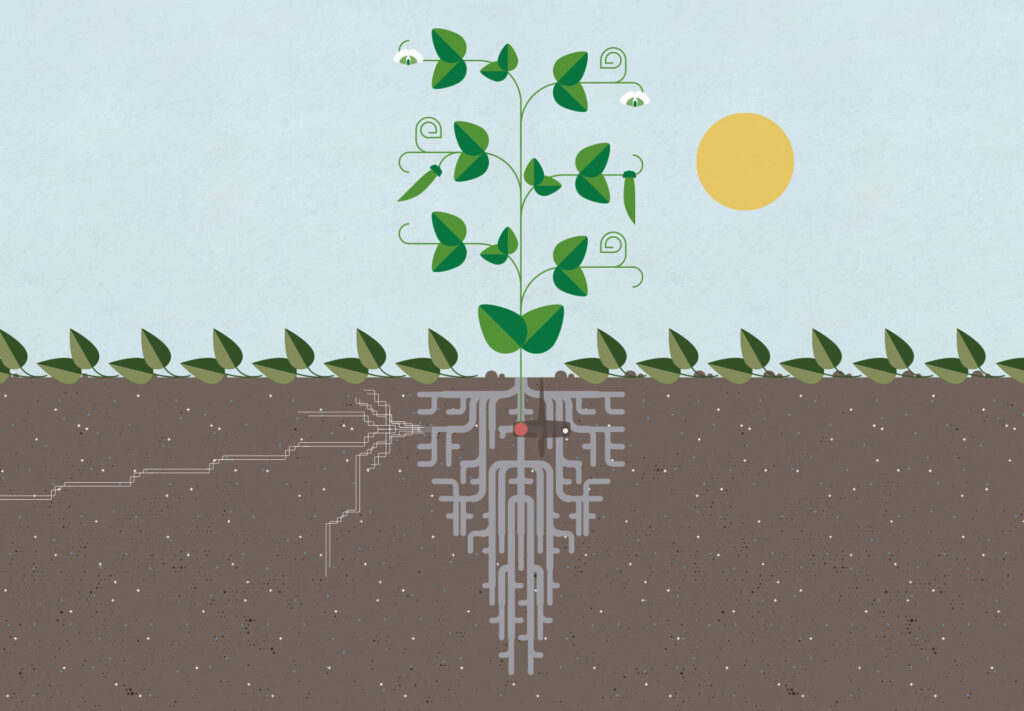
With the power of nature
It’s never been any different: for success to show on the surface, you have to go deep! Even more so in agronomy. The key to outstanding yields lies right at your feet: healthy soils!
Higher revenues and better quality of life
Stable yields and significantly lower input costs enable higher contribution margins for all crops. And that’s not all: farmers who switch to no-till farming can reduce their tractor hours by up to 40 percent.
This means less work, more time for projects and a higher quality of life.
Any questions? We will be happy to advise you.
The no-till concept is also known as conservation agriculture. It focuses on the needs of healthy soils. Three principles defined by the Food and Agriculture Organization of the United Nations (FAO) are fundamental to the successful implementation of no-till farming:
1. no soil movement by plow or cultivator. Instead, each crop is sown directly into the stubble of the previous crop using a special direct sowing technique.
2. a permanent covering of the soil with organic residues or living plants.
3. a diverse crop rotation and a
consistent cultivation of catch crops and, if necessary, undersown crops.
In other words, no-till or conservation agriculture is much more than just not working the soil. It is a completely independent arable farming system.
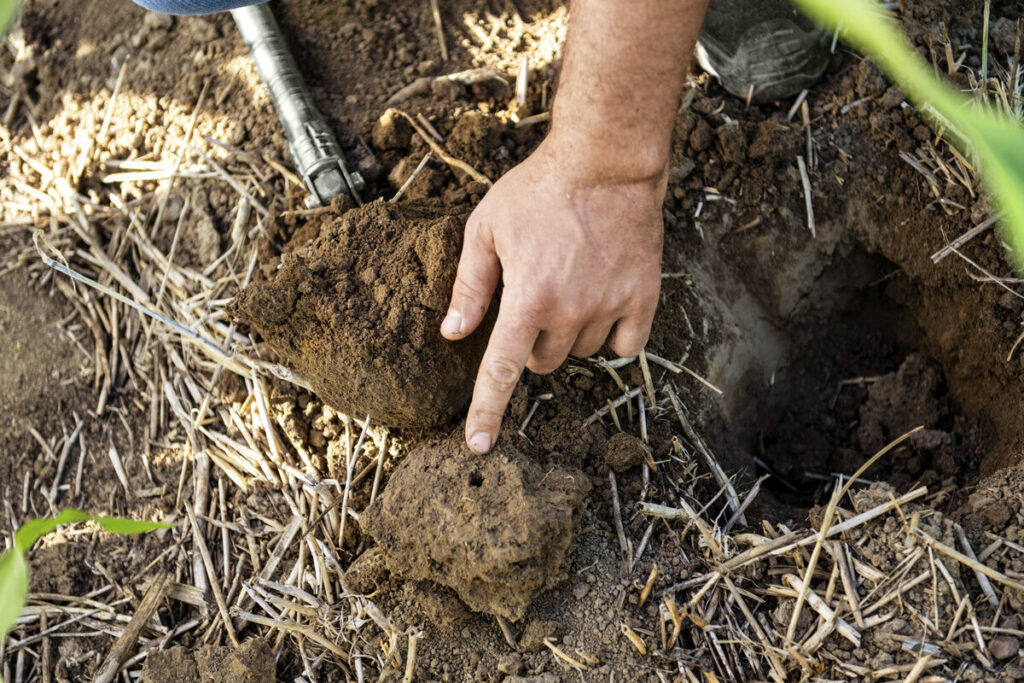
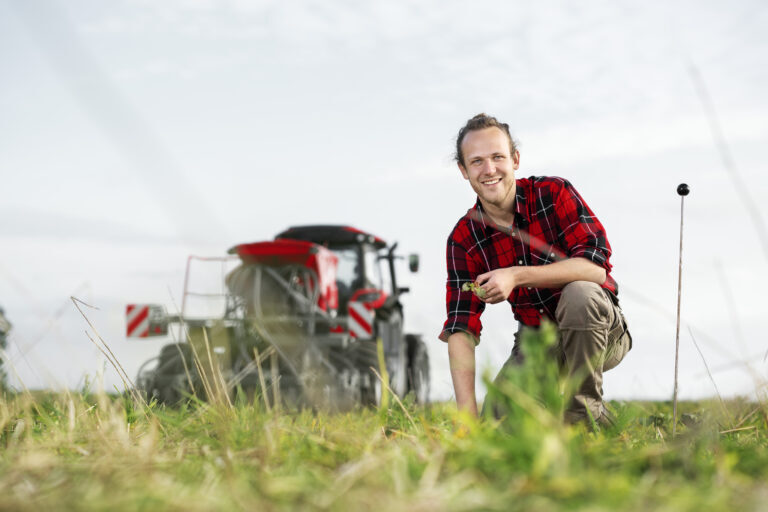
Novag – Your professional start in conservation agriculture
No-till methods are a fundamental building block for conservation and regenerative agriculture. Eliminating the plow and cultivator is a real transformation for many farms.
With Novag’s no-till drills, we give you the best possible technology for this transition. Our unique T-SlotPlus concept guarantees perfect sowing quality, even under difficult conditions. And thus maximum safety when starting no-till.
All you need is Novag and the power of nature. It’s as simple as that: With Novag no-till drills you activate the soil microbiology. The results are simply amazing:
fewer machines,
less fuel consumption,
less fertilizer,
less working time,
less erosion,
higher yields!
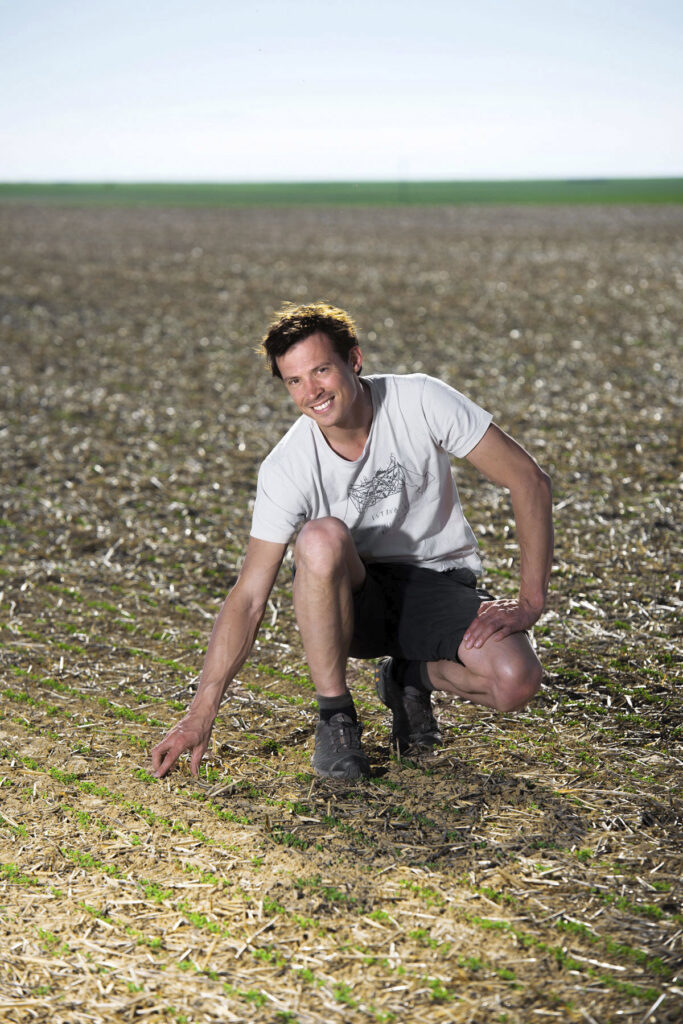
What are the specific benefits of switching to no-till for my farm compared to conventional seedbed preparation before main crops?

You can find everything on this topic in our brochure
No-till is more demanding than intensive tillage methods.
Many soil properties change, from nutrient dynamics to warming in spring. This requires adjustments, for example in crop rotation, fertilization and plant protection products.
Conversion should therefore be planned at least a year in advance and the process studied in detail. In addition to theoretical knowledge, it is also important to exchange ideas with farmers and experts who have experience with the system.
Before conversion, the crop rotation is usually adapted first and then work is carried out on a continuous soil cover. A transitional phase with mulch sowing (only using stubble) has also proved successful. Conversion can also be carried out gradually on individual fields in order to gradually gain experience.
The no-till method can generally be successfully implemented on all sites. The system is particularly advantageous on areas that are susceptible to erosion and drought. However, the advantages are also effective on good sites. The decisive factor is to adapt the method optimally to the respective site conditions. There is no standard solution for all locations. All crops can be successfully cultivated using the no-till technique, from cereals to legumes, silage and grain maize to rapeseed.
Scientific results from various long-term trials on conservation agriculture and experience from practical farms show that yields remain at a similar level for all crops after switching to no-till, even for demanding crops such as sugar beet and maize. The longer the
system is established, the more clearly the advantages become visible, also in the form of stable yields.
More important than the yields, however, is ultimately the economic efficiency across the entire crop rotation. Here, too, most studies show advantages for no-till, because working time and costs for diesel and machinery are saved. In addition, no-till buffers the extremes and makes the cultivation system more resilient.
A professional sowing technique is crucial for the success of no-till. This is because precise seed placement is even more important here than in a seedbed with tillage. The challenge is to ensure a uniform sowing depth and good soil contact despite large quantities of organic material.
Sowing into a stubble with straw cover or into vital catch crops requires particularly robust technology and significantly higher coulter pressure than conventional tillage. In order to move the soil as little as possible, direct seed drills usually work with discs.
This slits open the soil, deposits the seed and the slot is closed again by trailing Press wheels. The technology must ensure that no organic material gets into the Slot. This is because straw or other plant residues can enclose the deposited seed and thus prevent the desired soil contact (Hairpinning).
Due to the continuous cover of organic material, the soil warms up more slowly with no-till than with conventional tillage. This slows down mineralization and the release of nitrogen in spring and autumn. It is therefore advisable to apply nitrogen and phosphate fertilizer at the bottom of the soil before sowing. This is easy to implement with professional sowing technology.
In principle, the constant conversion of organic matter with no-till leads to a very even supply of nutrients. High fertilizer applications can therefore be reduced. In addition, the high microbiological activity in the soil improves the efficiency of mineral fertilizers.
Glyphosate is broadly effective and very inexpensive. This is why the active ingredient is also used by many farms with a no-till concept. However, experienced no-till farmers report that they are now also successfully practicing the concept without glyphosate. To keep weed pressure low, they use catch crops and undersown crops as well as selective herbicides to control weeds.
The supply of organic material with slurry or manure is generally very well suited to the no-till concept. In order to avoid gaseous N losses in the form of ammonia and nitrous oxide, liquid manure should be applied as close to the ground as possible in growing crops (20 cm high). The losses are no greater than with conventional tillage. This is due to the protective growth, the rapid conversion of liquid manure by soil organisms and the rapid uptake of nutrients by the crop
Farms that have switched to no-till report an increase in slugs and mice on their fields. However, the level of pest pressure varies greatly from year to year and from field to field. Slugs and snails can be easily controlled by applying slug pellets at sowing time. Mice can be controlled with poison baits and indirectly by installing perches for birds of prey.
The pressure from plant pathogens is no higher with no-till than with conventional cultivation. It is true that pathogens can overwinter more easily on the organic material present. On the other hand, there are more beneficial organisms and natural antagonists in no-till that keep harmful pathogens in check.
Beets and some root vegetables can be no-tilled without any problems. Potatoes can also be integrated into a no-till concept with less tillage before planting. The ridges can be protected with mulch or ridge cover to protect the soil. Harvesting is an intervention in the soil that does not comply with the principles of no-till. Nevertheless, the advantages of the system outweigh the disadvantages over the entire crop rotation. This is because no-till areas generally have a better soil structure and thus reduce the risk of structural damage and compaction.

Our customers are more than users – they are partners in the soil.
Here, farmers from all over the world share their experiences with Novag, talk about their successes, challenges and how no-till has changed their farms.


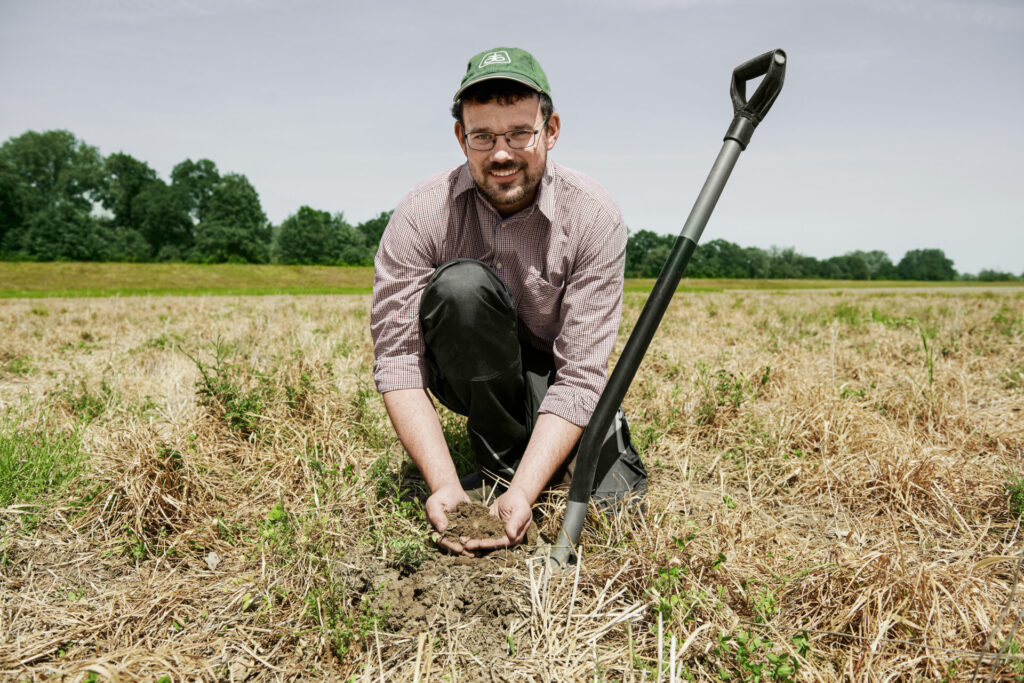
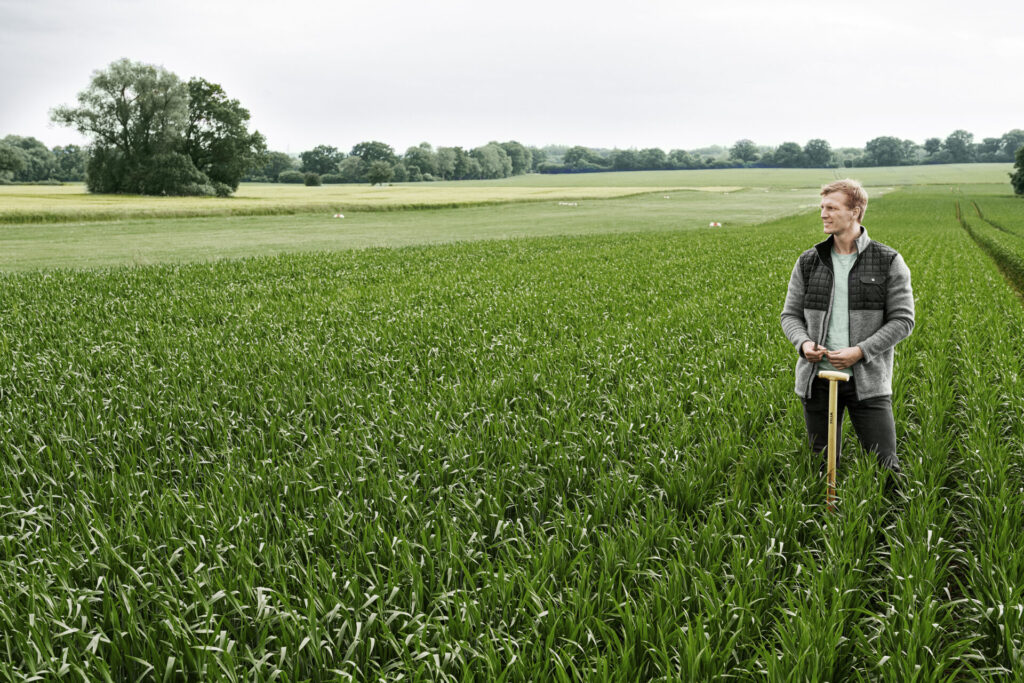
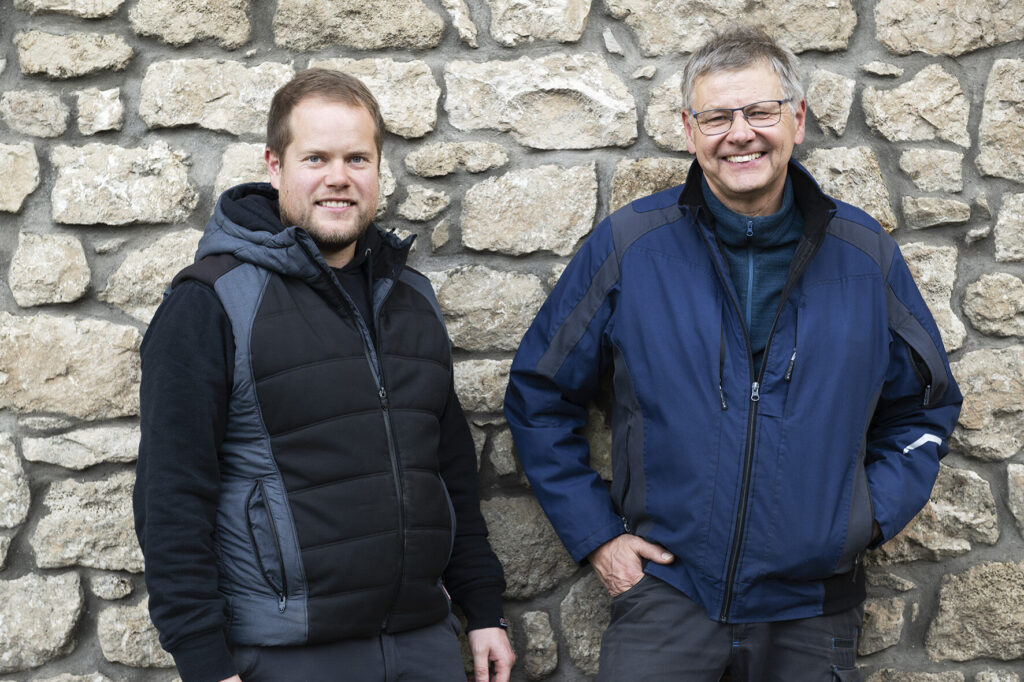

You are currently viewing a placeholder content from Vimeo. To access the actual content, click the button below. Please note that doing so will share data with third-party providers.
More InformationYou are currently viewing a placeholder content from YouTube. To access the actual content, click the button below. Please note that doing so will share data with third-party providers.
More InformationYou need to load content from reCAPTCHA to submit the form. Please note that doing so will share data with third-party providers.
More InformationYou are currently viewing a placeholder content from Google Maps. To access the actual content, click the button below. Please note that doing so will share data with third-party providers.
More InformationYou are currently viewing a placeholder content from Google Maps. To access the actual content, click the button below. Please note that doing so will share data with third-party providers.
More Information